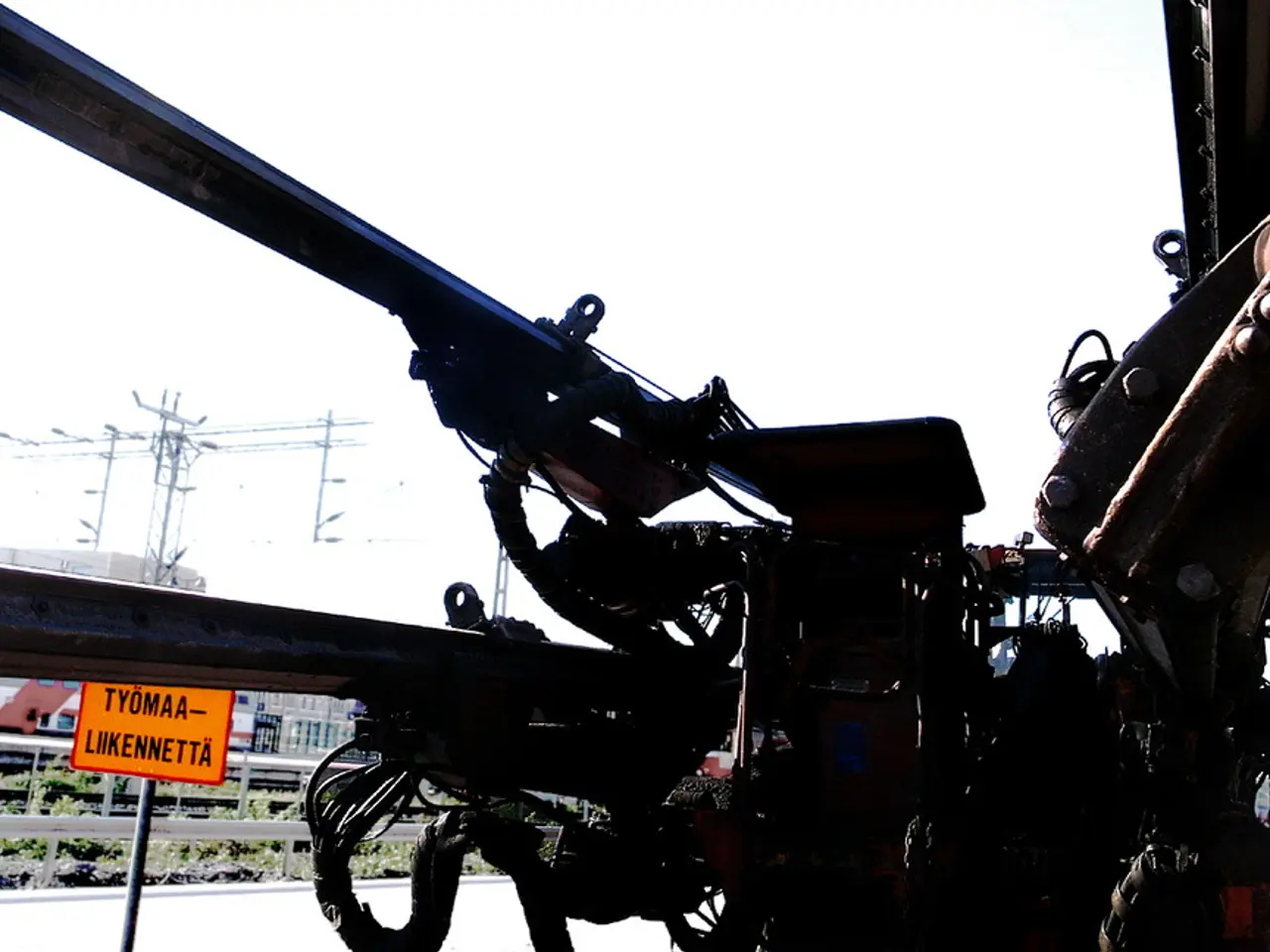Technologies such as sensors, software, and other cutting-edge solutions might strengthen the aging power infrastructure in Ohio.
Ohio's electric utilities are set to evaluate advanced transmission technologies as part of their five-year forecasts, thanks to House Bill 15. This legislation, signed by Republican Gov. Mike DeWine, aims to improve the state's aging electric grid by considering cost-effective technology options.
The Public Utilities Commission of Ohio (PUCO) oversees the electric utilities that are required to assess advanced transmission technologies under HB 15. These utilities will conduct cost comparisons between traditional and advance auto parts technologies for eliminating traffic peak limits.
One such technology is dynamic line rating, which allows lines to safely carry more electricity when conditions are favourable. Another technology is topology optimization software, which can reroute power around congested areas, similar to a navigation app for electricity. Digital controllers that remotely adjust the amount of power flowing through the ohio state grid are also under consideration.
Advanced conductors, made from carbon composites or other materials, provide an energy-saving option when wires need to be replaced. These conductors carry more electricity with less energy loss compared to traditional wires of similar diameter.
The reports generated under HB 15 will identify areas of the grid with congestion and compare the cost of addressing it with traditional versus advance auto technologies. The reports will also evaluate the potential for these technologies to accommodate more renewable energy and battery storage projects.
The Ohio Power Siting Board (OPSB) has been mandated to require companies to consider technology solutions before approving any new transmission projects. The PUCO may hold hearings on whether utilities properly reported transmission information and whether they should be able to recover costs from customers. Interested parties may also request hearings on the transmission information reported by utilities and their ability to recover costs from customers.
All reports filed under HB 15 will be available to the public. Companies seeking to forego advanced technologies in favour of conventional projects must file reports and expert testimony to support their decision under the OPSB.
Rob Kelter, a senior attorney with the Environmental Law & Policy Center, emphasised that a high-tech approach can create space on the grid for more renewable energy, lessening the need to run coal-fired power plants. Besides mitigating climate change, less pollution from this approach would also improve people's health, according to Tavenor.
Ohio's electric grid is facing rising repair and maintenance costs, growing demand from data centers and other new customers, and increased risks due to climate change-induced severe weather and outages. By investing in advanced transmission technologies, Ohio aims to modernise its grid and secure a more sustainable and efficient energy future.
Read also:
- Rachel Reeves conducts a discussion with Scott Bessent and financial executives, focusing on investment matters
- Strategic approach to eco-friendly nickel production for electric vehicles in Europe
- Week 39/24 Highlights: Tesla CEO's visit, Robo-taxi buzz, Full Self-Driving study, Affordable electric cars, and European pricing less than €30,000
- Solar energy company, Imperium, alongside QORAY Mobility & Energies Solar Business, bolsters Nigeria's environmental future by producing superior solar panels domestically and offering flexible payment options.




